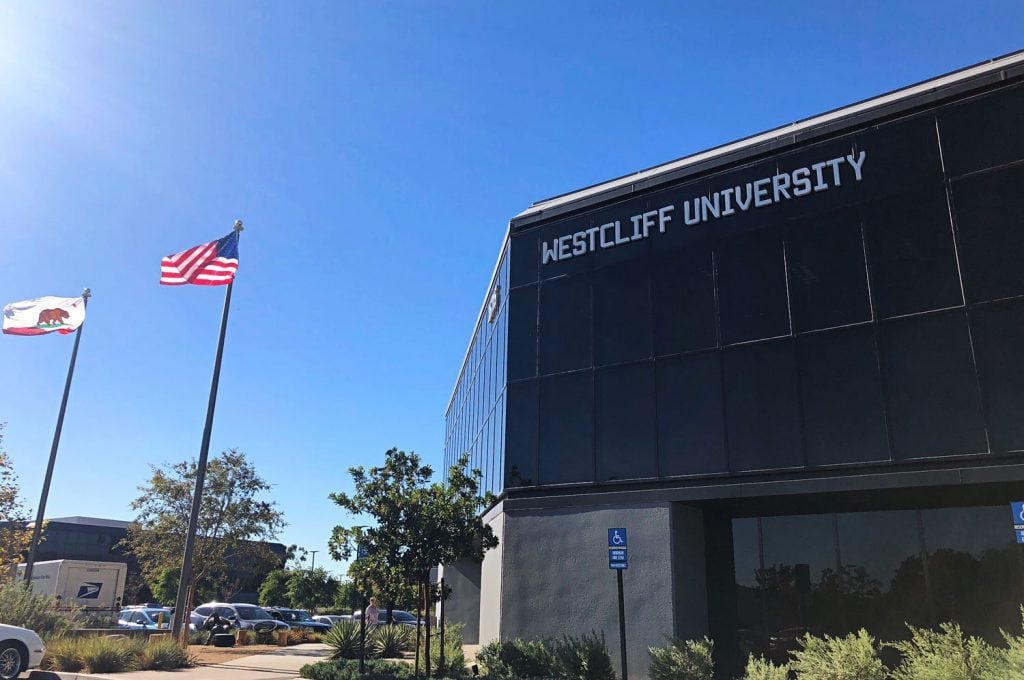
Professional Development in TESOL
by Sean Dailey
Each year as the semesters draw to a close, I often find myself wondering what I will do with all of my newfound free time (aside from rest and recuperation). How does one stay current on the latest teaching practices and techniques without being inside of a classroom for an extended period of time? The short answer is professional development.

Photo by freddie marriage on Unsplash
Why PD?
Professional development (PD) is important for a number of reasons. Unfortunately colleges and university courses and programs can only prepare future teachers to a certain extent for what will happen in the classroom. Experience cannot be discounted as a viable path of learning for educators, so unfamiliar circumstances and teaching experiences are a valuable asset for both beginning and veteran teachers as well as their students. Moreover, individual benefits include safeguarding one’s career, fulfilling a career-long obligation for practicing professionals, increasing success in student outcomes, and networking with fellow educators, just to name a few. In fact, the networking that results from engagement in professional development opportunities can often segue into new employment opportunities.
How to Engage in PD
There are a wealth of ways that individual educators can engage in professional development opportunities, and often times institutions will offer professional development “opportunities” (sometimes these are mandatory) to their teaching faculty. These opportunities could be in the form of meetings, workshops, seminars, webinars, conferences, etc; however, there are also a number of other ways that professional educators can be proactive about PD and engage in it outside of the context of their current employment. Sometimes these PD opportunities can even be paid for by your institution!
Develop Materials
One thing that practicing teachers can do is create materials for their current or target teaching contexts. Inventiveness and expertise can be exercised through the creation of worksheets, games, textbooks, activities, and assignments for your students. Moreover, these can be shared amongst colleagues resulting in a lighter workload and heightened inspiration for all of the faculty in your department.
Become Active in Professional Communities
There are a growing number of professional organizations and communities that support educators all around the world. The TESOL International Association, headquartered in the United States, has a plethora of PD opportunities for their members as well as occasional free events for non-members. In addition, many other countries around the world have developed their own version of a TESOL organization. For example, I volunteer for Korea TESOL (KOTESOL) as a membership coordinator for the Seoul Chapter. Through my experiences in this organization, I have been able to attend teaching conferences and workshops and network with other teachers, effectively expanding my teaching expertise and employability in my particular teaching context. Moreover, memberships in these types of professional organizations can get you small perks such as subscribed access to academic journals, discounts on conferences, and invaluable social networking opportunities.
Conducting Research
Another way that educators can remain informed of current literature and findings in their respective fields is to read the latest research in academic journals and conduct and publish research in their respective fields. There are a number of paid and free TESOL and Linguistics related journals that are available for research and publication, and a more exhaustive list can be found here. Keep in mind that there are a number of academic journals that are free to access including The Internet TESL Journal, as well as a growing body of open access journals that may or may not lack integrity. These “pay to publish” journals are increasingly viewed by academics as being dangerous because they are predatory and may hurt science.

MOOCs, TESOL Certificate Courses, and Webinars
There are a number of other ways that educators can engage in PD on their own. There are many Massive Open Online Courses (MOOCs) that are free and available through very reputable universities around the world. There are also TESOL Certificate courses, teacher training courses such as the CELTA and DELTA, and various webinars offered by many different teacher training organizations. These options are great because they allow participants the freedom in choosing convenient times and/or places to engage in their learning, and even better, some of these options can be found free of charge.
What Are You Waiting For?
Engaging in professional development opportunities is one of the quickest and easiest paths to becoming a more informed (i.e. better) educator. The number of opportunities are literally endless, and they can do wonders to show your dedication and commitment to your professional community, your employer(s), and your career. Be sure to keep track of your professional development that you engage in each year, and keep your resume or CV current with your latest PD undertakings.
“According to the 2012 Learning Survey by Niace, the adult learning organisation, there’s a strong correlation between learning and sustained employment. Staff who undertake learning activities are more able to adapt to the changing requirements of an organisation and gain a competitive edge in the job market. Candidates who demonstrate that they’re conscientious about their personal development are likely to be seen as highly motivated and engaged. Their openness to learning also suggests they’re flexible, adaptable and will bring a continuous improvement ethos to the workplace – all of which is appealing to an employer” (Mills, 2013).
References:
Mills, C. (2013 May 6). Keeping your professional development continuous. The Guardian. Retrieved from: https://www.theguardian.com/careers/careers-blog/






